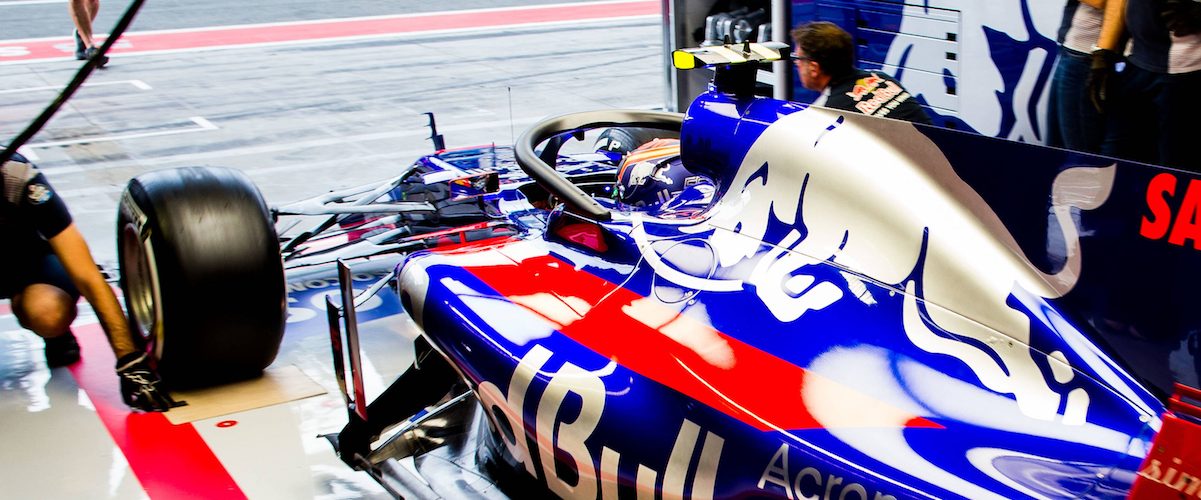It had been three weeks before the trucks arrived in Belgium to unload their precious cargoes and once again go racing again after the long summer break. During this time, Acronis launched Acronis True Image 2018, the #1 personal backup software, and the FIA also had safety on its mind, announcing that it was to introduce the radical ‘Halo’ driver protection device for the 2018 season onwards.
Designed to protect drivers’ heads from flying debris and detached wheels, which tragically resulted in the deaths of Henry Surtees and Justin Wilson, the Halo came out on top of tests over similar trialed devices such as the shield and will be capable of supporting 15 times the static weight of next year’s cars. The shield was trialed for one lap at the British Grand Prix before the four-time world champion complained of dizziness and it also did not offer as much protection as the three-strutted Halo in the flying wheel test.
The aesthetics of the ‘flip-flop’ design has been met with the most criticism as well as the argument that it is an unnecessary safety measure and could be tricky for driver extrication. Yet Red Bull team boss Christian Horner has gone a step further still, implying that an ultra-safe sport could eventually lead to autonomous F1 cars.
For now, and with so little testing done on shield type devices, it appears that the Halo is the only viable solution.
And it was to be a hair-raising incident between the two Force India cars that highlighted the importance of safety in F1. Running ahead of Carlos’ STR12 on the run up to the infamous Eau Rouge, Sergio Perez appeared to squeeze his teammate Esteban Ocon close to the wall at speeds approaching 300kph at the fastest point of the circuit. The cars touched, breaking Ocon’s front wing and forcing Perez out of the race with a puncture.
Of course, at those speeds, the outcome could have been far worse and Ocon afterward accused his teammate of endangering his own life. The debris left on the track led to a safety car period and it’s for incidents like these that the Halo has been introduced. A flying front wing for any car following an incident like this would not be a fun thing to see.
“I want to believe it’s a system to prevent any kind of dangerous situation and the best solution the FIA has up until now, which I think is good for them to apply the best safety device into Formula One,” Carlos was quoted by ESPN about the new device. “I think it makes sense, it has been like that in Formula One for many years now and really good for Formula One but I want to believe that either we will get used to it and we will forget about it, or it will be improved in terms of how it looks and it will get better and better with years. I hope that with these two things combined the looks of a Formula One car will improve with time.”
In business and in F1, keeping safe and well protected is now the number one priority.
Image: Carlos Sainz of Scuderia Toro Rosso during the practice for the Formula 1 Grand Prix in Italy, September 2017. Note the STR12 fitted with the Halo cockpit protection system. © Red Bull Content Pool.



